How the creator economy is opening up new avenues for female creators
Into its 4th year now, WOMEN DISRUPTORS, brought by Adgully, has become an industry standard in recognising and celebrating the outstanding achievements of women leaders of India from across sectors, who are bringing about a positive and definitive change not just in their organisations, but the industry and society as well.
Over the years, women leaders have proved more than their mettle on their capabilities, crisis handling expertise, leading forward businesses as well as turning obstacles into growth opportunities.
Women Disruptors 2023 comes at an interesting inflexion point when digital and technology are making even deeper inroads than before in all spheres of business as well as our lives.
The Creator Economy has become the dominant force in marketing and commerce. During October 2020, only 31 start-up capital investments totaling $800 million have been made. Such a financial boost to the creator economy is sending clear indications that the Creator Economy is not only real but also a serious player.
According to a report, the total Creator Economy market size to be around $104.2 billion and on par with a substantial growth trajectory similar to the Gig Economy. That’s a future valuation of trillions of dollars.
To get a better perspective on “How does the creator economy open up new avenues for female creators”, Adgully brought together some of the best marketing minds and content creators from the industry to share their insights at Women Disruptors 2023, which was held on March 6.
The session was chaired by Aparna Achrekar, Co-Founder, Coto, and the esteemed panelists included:
Anisha Dixit, Content Creator
Mike Melli, Co-founder & CRO of MissMalini Entertainment and Good Creator Co
Nikita Sahota, Vice President of Brands Solutions, Only Much Louder
Purti Chaturvedi, Digital Specialist, Collective Artist Network
Rubeena Singh, Country Manager, India & MENA, AnyMind Group
Commencing the discussions, Aparna Achrekar posed the question to the panellists on what the creator economy really mean for women.
Nikita Sahota replied, “As a creator economy developed from doing your standard branded content pieces where brands didn’t really know where to put their money, right, so they didn’t really know how to calculate ROI, how much should I be paying for a creator? And once they started getting the gist of it and started collecting data, there were more avenues in which they proposed spending so for example, instead of doing traditional branded content pieces, we are trying to figure out what are the additional revenue streams for creators so whether that means models like affiliate marketing.”
She further added, “There are companies like Nykaa, which allow you to create content on your own and not be dependent on them to give you a brief you promote the products as and when you get a part of it. What this does is also gives the autonomy to creators to be able to take control of the kind of content they want to put out and also get a piece of the pie. We also want to create brands that resonate with the creators where they have their own name stamp to accompany them and build it the way they want. Or were doing equity partnerships or doing deals where even if they don’t have a stake in the company that at least bring in revenue from it and as a revenue share model. We want to make sure especially women creators are getting more and more confident to be able to create and build businesses on the road. And our goal is to be able to give them a backing and a safety net for that.”
Achrekar next asked “The pandemic changed so much right with the phone and the Internet almost being accessible to everyone. Are you now seeing a change post pandemic days? Is there a decline? Is there an increase and what are the sorts of changes you see?”
Purti Chaturvedi remarked, “A lot of content creation as well as consumption on mobile devices. We saw brands finally taking a note of this is the discussion we were having outside before the panel started. Earlier, influencer marketing was all about celebrities and the bigger content creators. There was a massive shift to the long tail of influencers and brands as brand marketers like saying, we saw a lot of micro and nano influencers coming up and creating content. So, brands started actually finally seeing influencer marketing as a different function within marketing as a not just a subset of it or a subset of digital marketing.”
Commenting about the post-pandemic scenario, Chaturvedi said, “There’s a lot of consolidation that is happening. There’s a lot of learning that the brands got out of doing these influencer campaigns. We are seeing brands focus more on measurability. We are seeing brands being more focused on ROI vis-a-vis a spray-and-pray plan. They want to see what actually works and invest more heavily into that. Brands now want to focus more on reaching out to their audience and identify who the right influencers are to reach that audience. It’s not the other way around anymore.”
These are edited excerpts from the panel discussion. For the complete conversation watch below:


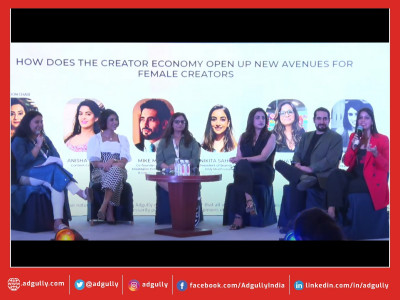
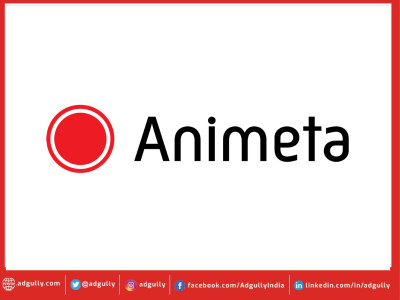

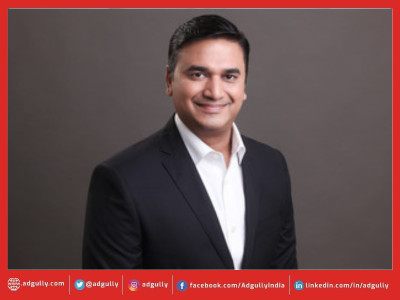
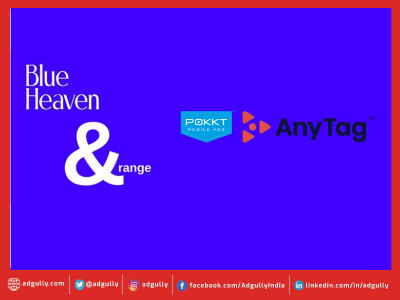


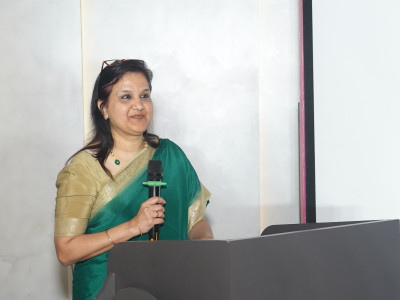

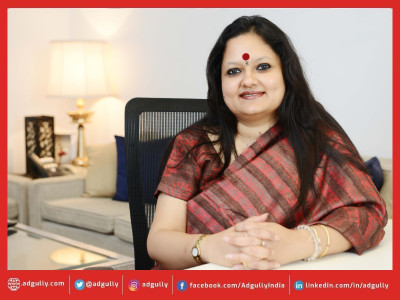
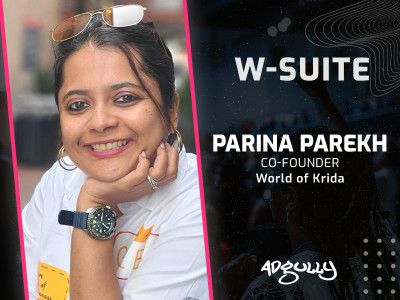



Share
Facebook
YouTube
Tweet
Twitter
LinkedIn